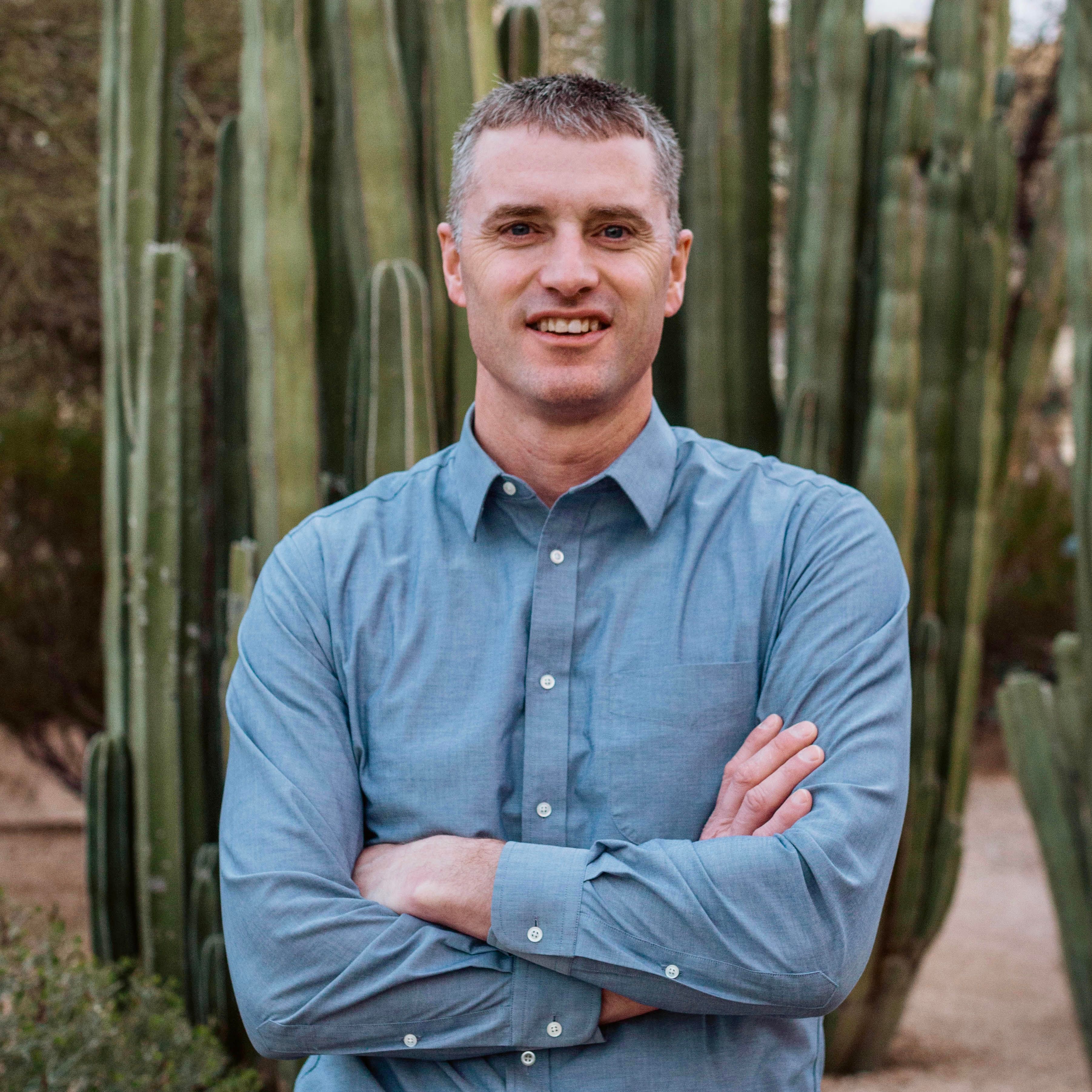Article
Health care experts develop new guides in the battle against burnout
Author(s):
If your practice needs a blueprint for change, here are four new offerings from AHRQ, Mayo Clinic, AMA, National Academy of Medicine.
© wutzkoh - stock.adobe.com

At least four initiatives or plans have emerged this spring to help doctors, staff, and administrators create solutions to combat burnout.
The COVID-19 pandemic national public health emergency will end May 11. The pandemic made burnout conditions worse, but the end of the PHE will not automatically create a bounce back for physicians and their support staff.
The situation is most acute for females and those aged 55 years or younger, according to the U.S. Agency for Healthcare Research and Quality (AHRQ). Along with the existing workload, primary care added safety precautions and faced demands for COVID-19 testing and vaccinations.
“Now more than ever, effectively addressing burnout in primary care is critical,” according to AHRQ.
AHRQ
The U.S. Agency for Healthcare Research and Quality has published “Burnout in Primary Care – Assessing and Addressing It in Your Practice.” The free, online 16-page guide has information about burnout, tools to assess it, strategies to increase well-being, and additional resources to continue efforts.
“Burnout in Primary Care recognizes that addressing the problem is not about asking individual clinicians to try or work harder; rather, it’s about building safer and more supportive systems for clinicians to work in,” AHRQ Director Robert Otto Valdez, PhD, MHSA, said in a blog entry announcing the guide. “It provides primary care leaders with validated tools, such as assessment instruments and proven strategies to help identify and address the root causes of staff burnout within organizations.”
Top among seven strategies to help: Reducing administrative workloads for primary care physicians. Team-based care and integrated care, work-life balance, social connections, and professional development also could help, according to the guide.
Seven steps
A new guide offers a seven-step process to integrate measures to alleviate burnout. “Organization-Wide Approaches to Foster Effective Unit-Level Efforts to Improve Clinician Well-Being” was published in Mayo Clinic Proceedings.
“Uncertainty of how to address variability and the unique needs of different work units is a barrier to effective action for many health care deliver systems,” the authors said. “Overcoming this challenge requires organizations to recognize that unit-specific improvement efforts require a system-level approach.”
The authors noted “top of the organization elements are essential for success,” but pain points and improvements will differ among specialties such as radiology, surgery, and primary care.
The steps include:
- Establish a common organizational framework for action.
- Appoint and support a unit well-being leader.
- Assess the experience and unique needs of each unit and compare with benchmarks.
- Integrate unit-level well-being improvement efforts with the organizational improvement infra-structure.
- Create a consistent structure and process for work unit well-being interventions.
- Foster progress in the work unit wellbeing journey by assessing work unit process metrics.
- Consider the unit lens when assessing organizational progress on outcome metrics.
Teamwork needed
The American Medical Association (AMA) suggested team-based care to eliminate burnout in physicians’ practices. AMA Senior Physicians Adviser Kevin D. Hopkins, MD, offered guidance based on his experience as west regional medical director for primary care for the Cleveland Clinic.
Health systems and physician practices can start by creating a change team to design team-based care workflows to fit goals. Then, a pilot team of decision-makers and staff figure out “ways to do things better,” Hopkins said in an AMA article about the process.
One method is pre-visit planning, by which a practice “communicates to patients that the practice is planning ahead in order to make their next visit as meaningful and productive as possible,” according to AMA.
Seeking change makers
The National Academy of Medicine’s (NAM) Action Collaborative on Clinician Well-Being and Resilience is seeking Change Maker Accelerators to implement priority areas from the National Plan for Health Workforce Well-Being published last year.
“The burnout crisis touches every corner of the health care system, and no single group or organization can solve the problem alone,” NAM President Victor J. Dzau, MD, said in a statement.
“Pervasive as this challenge is, if we work together to support health workforce well-being, we can help health workers and patients thrive,” Dzau said. “The Change Maker campaign creates just this opportunity. Everyone who wants to help address this crisis, who is affected by it, who knows someone who is affected by it, now has a way to take action – starting by engaging with the National Plan.”
NAM plans a national awareness day this year to raise awareness and involve physicians, their institutions, and the public in advancing a national movement to address health care worker burnout.





